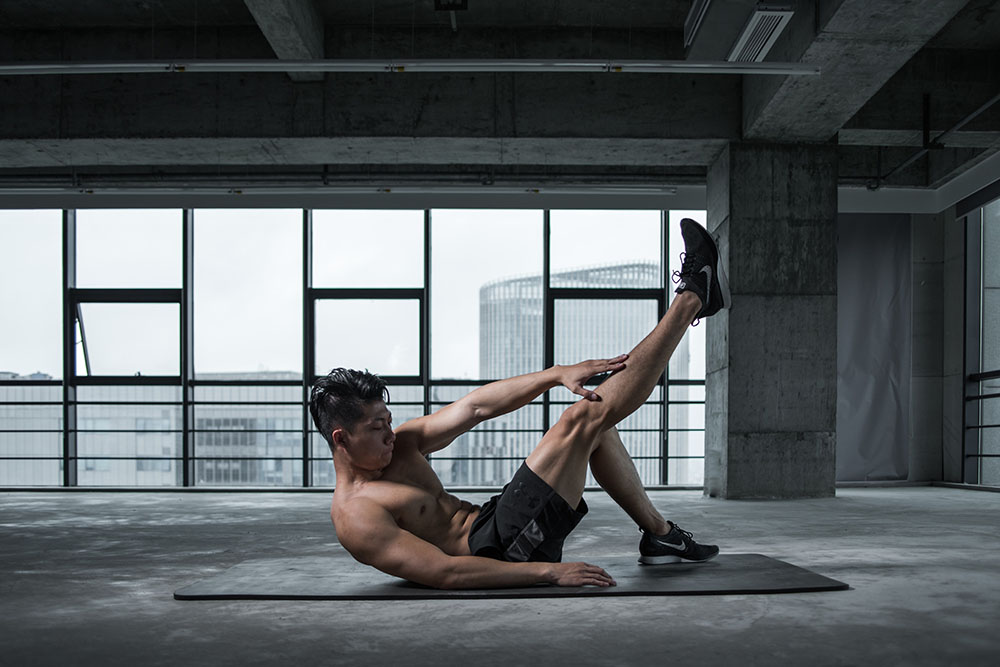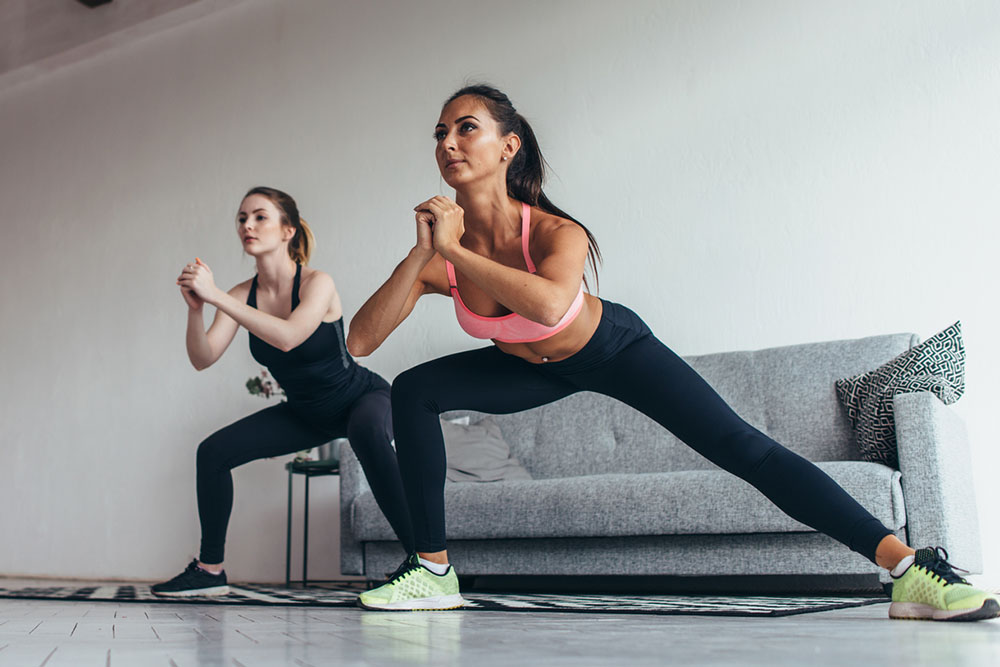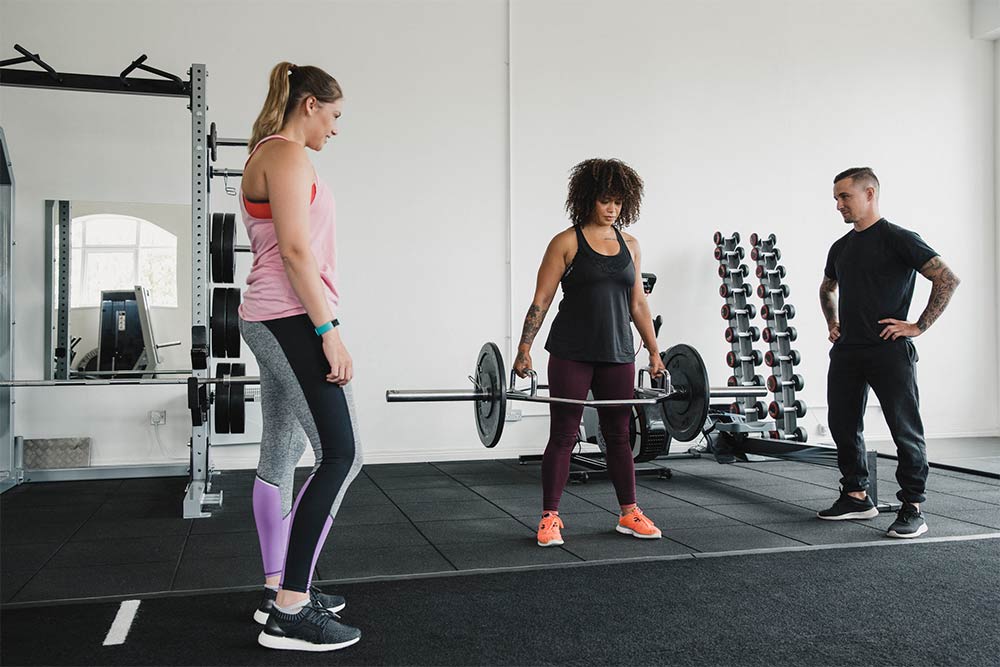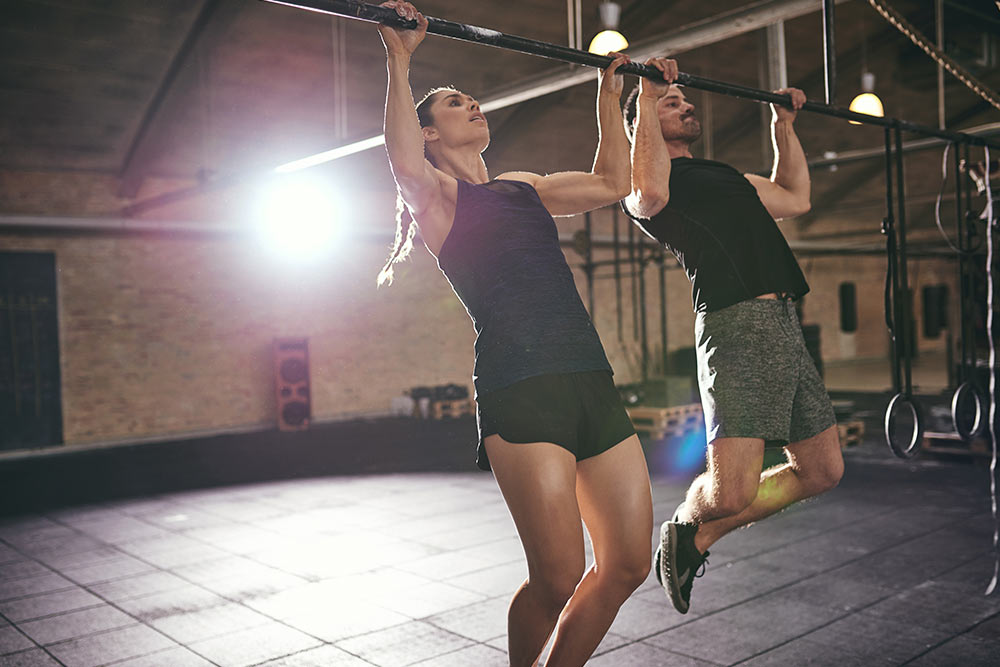Strength Training: Integral to Wellness as We Age
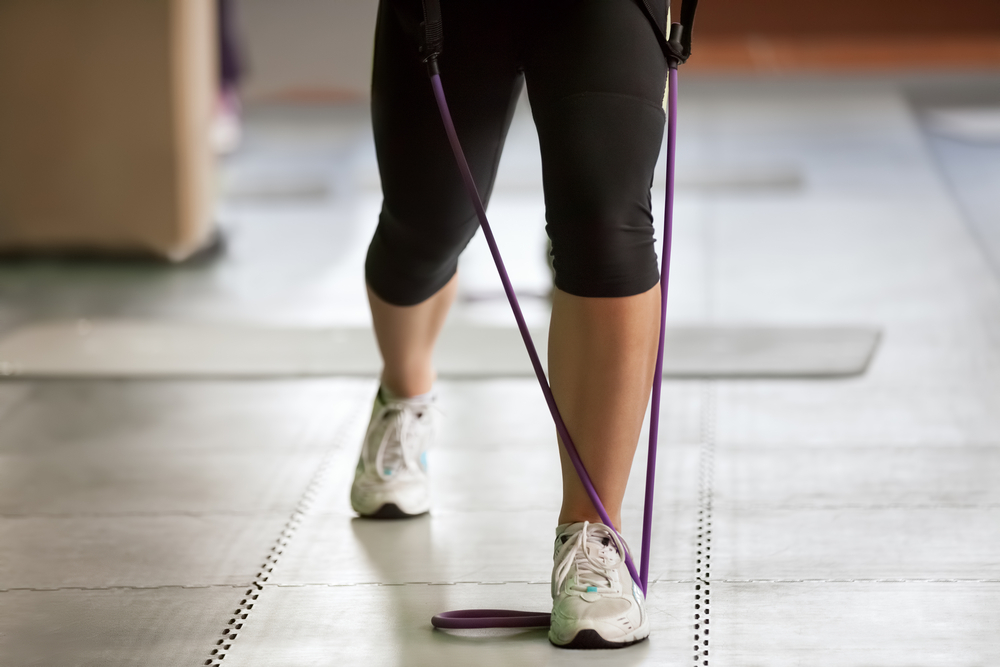
Contributed by Gillian White, HBSc, MSc, PhD(C), Faculty of Kinesiology and Physical Education, Human Physiology Research Unit, University of Toronto
Previous articles on Fast Twitch Grandma have focused on sprint training as it relates to muscle/bone mass and health implications as we age. While we can now appreciate the importance of sprint training as we age, it begs the question, what about strength training? Most health research scientists and health care practitioners agree that muscle strength is the most essential physical attribute to maintain physical function and quality of life as we age, as it is fundamental to the performance of activities of daily living. Given the suggestion of recent FTG articles about the loss of strength and muscle mass during the aging process, we can confidently state that activities promoting the development or maintenance of muscle strength will no doubt have both short- and long-term health benefits. But what kind of strength training is best and how much is necessary to see these benefits?
When we talk about training volume we are referring to a combination of program parameters, the number of sets and repetitions of each set, as well as the number of exercises in a session. In addition to training intensity(measured by % of 1 repetition maximum (RM) weight you can lift – 1RM – for strength training), training volumeis a fundamental consideration of your training program that must be designed appropriately to optimize training gains. In the November issue of FTG, Sara Thompson explains how high intensity, low volume cardiovascular training (high-intensity interval training – HIIT) can have similar training effects as long-slow distance cardiovascular training but with a fraction of the time. While this is great news for people wanting to fit activity into their busy lives, it raises the important question of whether the same is true for strength training: are high volumes of training really necessary, or can we see similar gains with lower volumes and, therefore, less time commitment?
The question of optimal training volumes has been studied extensively in younger individuals (18-30 year olds) and the American College of Sports Medicine published guidelines in their 2009 position statement that lower volumes may be adequate in early stages of a strength-training program (~6 weeks) but higher volumes are required to improve strength and muscle mass in later stages (>6 weeks). It must be understood, however, that neuromuscular thresholds, that is, the stimulus for adaptation, may not necessarily stay the same over the lifespan. In fact, it has been shown that older adults have a lower threshold for neuromuscular adaptation (Rhea et al. 2003). This means that the requirements for training volume may differ. Radaelli et al. set out to investigate this question in their recent 2014 study, “Time course of low- and high-volume strength training on neuromuscular adaptations and muscle quality in older women”.
This study had healthy post-menopausal women (aged 60-74) undergo a whole-body strength training regimen 2x/week for 20 weeks. The exercises were conventional resistance training exercises, with the number of repetitions being reduced progressively to increase the mass of weight for each set (15-20RM to 6-8RM – max weight that can be lifted 15-20 times – lighter, to max that can be lifted 6-8 times – heavier); however while one group completed 3 sets of each exercise (“high-volume” group), the other only completed 1 set (“low-volume” group). Their results showed that, similar to younger adults, in the early stages of training (6 weeks) 1 set was adequate to improve strength, muscle mass, and muscle activation; however, by 20 weeks of training, the high-volume group had gained greater muscle strength and mass – but only in their lower body! Overall, they found no differences in upper body strength or mass gains between the group doing 1 set or the group doing 3 sets, suggesting that for upper body strength training, you don’t need the same high volumes as you do for lower body strength training. This is because your lower body is constantly used to support everyday activities, therefore, it needs greater stimulation to increase its strength compared with the upper body that is used less frequently and so has a greater “room for improvement” – i.e. lower requirement of stimulation. Another important finding was the increase in muscle quality in both groups (albeit larger in the high-volume group), indicating higher protein density and lower fatty deposits, which can impair muscle function and promote atrophy (Reimers et al. 1993).
With the results from Radaelli et al., you can plan your strength training programs smarter. Save time on upper body exercises, even in the later stages of your strength-training program, but don’t cut corners on the lower body exercises! This study further shows the feasibility and benefits of strength training throughout older age, and will help you design your exercise programs in 2015.
Happy New Year from FTG!
Sources:
American College of Sports Medicine (2009) American College of Sports Medicine position stand. Progression models in resistance training for healthy adults. Med Sci Sports Exerc 41: 687–708.
Radaelli R, Botton CE. Wilhelm EN, Bottaro M, Brown LE, Lacerda F, Gaya A, Moraes K, Peruzzolo A, Pinto RS (2014) Time course of low- and high-volume strength training on neuromuscular adaptations and muscle quality in older women. Age 36:881–892
Reimers CD, Fleckenstein JL, Witt TN, Muller-Felber W, Pongratz DE (1993) Muscular ultrasound in idiopathic inflammatory myopathies of adults. J Neurol Sci 116:82–92
Rhea MR, Alvar BA, Burkett LN, Ball SD (2003) A meta-analysis to determine the dose response for strength development. Med Sci Sports Exerc 35:456–464.




